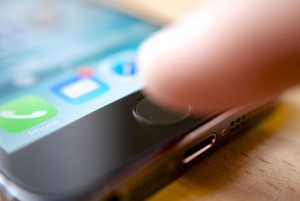If you think about all the devices you own, none of them is more personal than your smart phone. According to the Daily Mail we now pick up our phone more than 1,500 times a week to check emails, play games, post to social media and more.
According to Nielson 90% of our time spent in our phone is spent on iPhone applications or Android applications and not using web browsers. Compared to desktops and other none mobile devices, mobile has pushed its way into the dominant positions with mobile applications making up a majority of total digital media engagement at 52%.

Allow your users to personalize their mobile application experience | Photo: Kārlis Dambrāns (Flickr)
In fact its now not odd for mobile devices to be the first and only computing device people own. If you look at the fact that over 65% of email gets opened on a mobile device [US Consumer Device Preference Report], mobile is looking more and more like the first medium businesses should be considering when evaluating their marketing program.
Building a mobile application is an investment and should be done wisely. There are many iPhone application developers and Android application developers that can help guide you through the process. But before you begin make sure you have a strategy for your program that takes advantage of the strengths of mobile.
First of all, make sure you look at ways to include Geo-Location into your mobile marketing program. All smartphones have GPS functionality and some of the most powerful marketing opportunities with mobile are based on location related possibilities.
Second, since no device is more personal than our smartphone, make sure the experience you offer your users is Personalized as well. Give your users a way to personalized notifications as a first step and keep in mind that this kind of customization is easy to do in mobile applications. Mobile app users are ready and willing to interact if you give them the experience they want. Personalized content and offers speak to your audience and will bring your users back.
Mobile applications that allow for personalization will hook directly into the part of our mind that wants to be unique. Personalized interaction creates a higher level of engagement, drawing us back.
Photo: http://bit.ly/1GSNgBi
